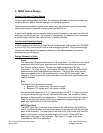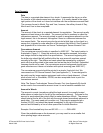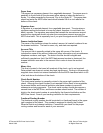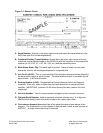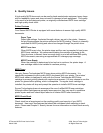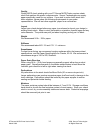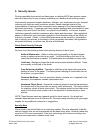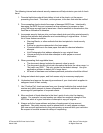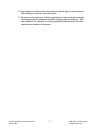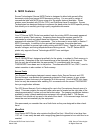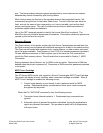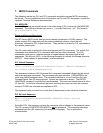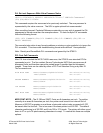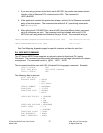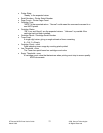ST Secure MICR Printer User’s Guide 16 2006, Source Technologies
March 2006 All Rights Reserved
The following internal and external security measures will help minimize your risk of check
fraud.
1. Financial institutions should train tellers to look at the check, not the person
presenting the check. The check, not the person, is the item that must be verified.
2. Firms accepting checks should be aware of damaged MICR lines. Intentionally
damaging the MICR line can increase the time necessary to process an item,
giving the forger enough time to leave town. Also be sensitive to discoloration, this
could be an indication of alteration.
3. Incorporate security features into your base check stock and utilize printed security
features that address both alteration and counterfeiting of original items. A short
list of these features would be:
• Warning Bands, or other methods that alert recipients to visual security
features
• Artificial or genuine watermarks in the base paper
• Chemical additives in the base paper that react to chemical alteration
attempts
• Void Pantographs that address attempts to copy original items
• Unique security fonts that deter attempts to alter payee or amount
information
4. When generating final negotiable items,
• The document always includes the amount value in words
• The document should not include information that limits the value range, i.e.
“Not valid over $500.” This only guides the fraudulent attempt. Use your
application software to detect out of range items
• All levels of hardware and software password protection should be utilized
5. Safeguard check stock paper, and limit access only to necessary employees.
6. Understand and approve the security procedures of your check stock suppliers to
safeguard stock in their custody.
7. Use “Positive Pay” check services from your financial institution that match check
number and dollar amounts to known information. Financial institutions should
encourage full participation of corporate clients.
8. Move methods of fraud detection to the item’s point of entry into the clearing
system. For example, low cost readers can detect low magnetic strength in the
MICR line which is a good indication of attempts to copy an original.
9. Always verify the home address and place of employment of new account
applicants. Use public sources such as phone books to verify phone numbers.
Ask new account applicants why they are opening an account with your institution.
Be suspect of unusual answers or delays in responding.



